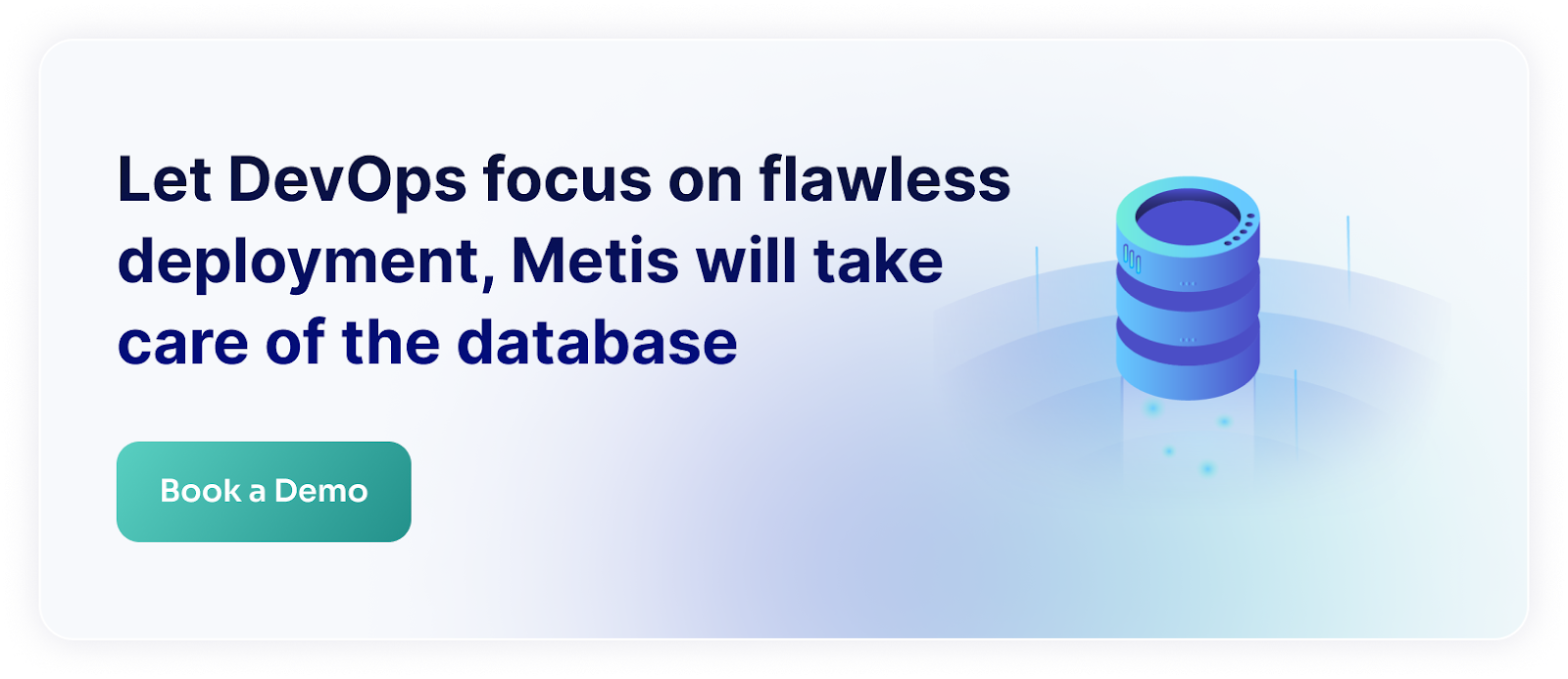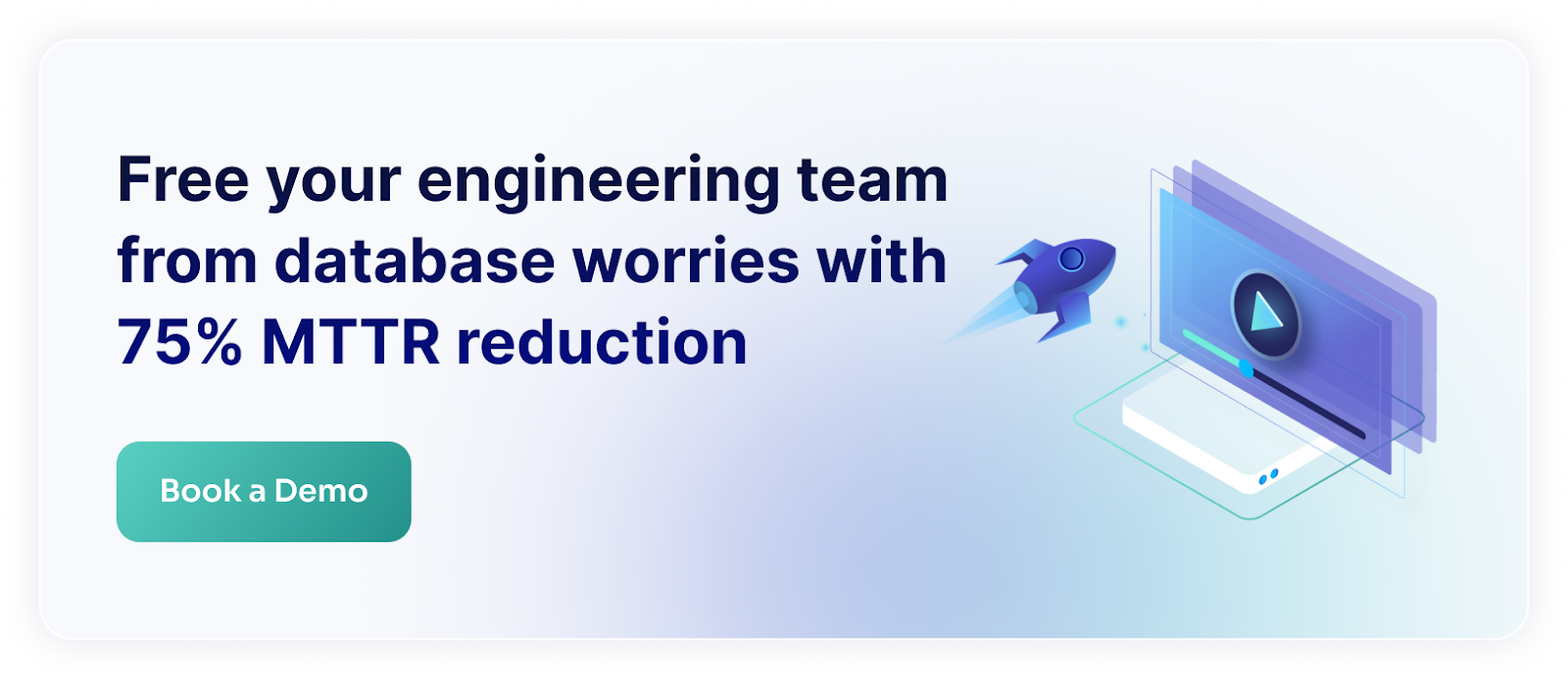It’s hard to lead an unstable product. We can’t reliably plan things because we often need to roll back changes and put out fires. We must ensure our product is reliable to improve our SLAs, MTTR, and velocity.
Reliability is not something we can just build in one place. We need to make sure all parts of the ecosystem work together to guarantee reliability everywhere. One unstable component can take down the whole system. And there is no more important component than the database. The domain model and the storage affect the whole system heavily as it affects every single operation in your application. A good product starts with a good database.
Recommended reading: The 3 Pillars of Successful Database Maintenance & Monitoring
In order to keep your organization running smoothly, you need to make sure you have your foundations rock solid. It’s not something that one team can solve once and for all. Quite the opposite, this is something that the organization needs to embrace completely and across all the components. This is something the organization leaders need to push from top to bottom. No matter what C-level officer you are, being that executive, data, technology, or engineering, you need to make sure that your databases are stable and reliable. Developers need to know how to reason about database performance, how to write efficient queries, and how not to lose data due to database failures. Let’s see why that matters and how to achieve it.

Mind These Problems Around Databases
An unreliable database can affect your organization in many ways. Let’s see them in some greater detail.
First, unreliable databases lead to longer development cycles. Developers don’t know how things will affect production performance because they lack knowledge about databases and how their changes fit in the bigger picture. Even though they may have load tests in their pipelines, issues they find this way are very expensive to fix. Developers need tools that can assist them through the SDLC so they can identify performance issues early in their development.
Similarly, incorrect schema migrations may take the database down and break the performance. While developers verify their queries extract the right data, they rarely check if the schema migrations are fast enough. This leads to longer deployments, database outages, and even data loss.
Next, databases may break after deployment. While monitoring can help find issues, it rarely provides solutions or explanations. Because of that, your MTTR increases as developers need to work across teams to get access to logs and get help from other teams to investigate the issues. This easily derails planning and breaks customer experience because the system is unavailable.
Finally, databases may break over time. Indexes become less efficient, statistics are outdated, and updates may break configurations and extensions. These incidents are very hard to narrow down and they often end up with war rooms or ad-hoc squads formed to fix these specific issues.
What we need instead is a solution that can prevent the issues from happening, can build proper understanding around databases, and can alert us when things can’t be fixed automatically. We need database guardrails. Once you incorporate them in your pipelines, you get automated insights showing the solutions, prevention across your development life cycle, and self-servicing for your developers. Let’s see how Metis improves your organization.
Adopt Metis To Prevent Issues
Metis helps your developers by analyzing their changes early in their development environments. By integrating Metis with their environments, developers can get performance assessments for their code changes and schema migrations.

Metis can analyze queries and indicate why they are slow. This way, your developers don’t need to wait until load tests that happen very late in the pipeline. They get immediate feedback when things won’t scale in production.
Metis also analyzes schema migrations. It can explain if there is a risk of data loss or a database outage.

Metis protects your system from slow migrations, inefficient queries, and data loss. Metis lets you improve your velocity and shorten development cycles.
Build True Understanding With Metis
After the deployment, Metis builds understanding around databases. It provides database-oriented dashboards that can identify issues around your databases and fix them automatically. Metis gives you a full explanation of what’s happening instead of just swamping you with raw data.

This way, Metis can fix your problems automatically so you don’t need to do anything. If things can’t be fixed automatically, Metis alerts you with the context explaining what you need to do and how. This way you don’t need to troubleshoot issues. You get step-by-step instructions explaining how to proceed.
Recommended reading: All Your Monitoring Solutions Are Wrong, Here's Why
Make Your Teams Self-Serve Their Issues With Metis
Another aspect Metis takes care of is unleashing the power of your organization. Metis lets developers troubleshoot their problems on their own. They don’t need to speak with other teams anymore. They can reason about their databases independently and fix their issues without waiting for other teams to react. This reduces communication and makes your organization run faster.
Communication reduction is the key factor in optimizing your organization. Metis helps you achieve that by letting your developers own their databases. This way, you unblock your other teams to do more and achieve more without wasting time.
Summary
Efficient organizations understand that reliability is a sum of many factors. No matter what type of C-level person you are, you need to work across the whole organization to build reliability as one of your core principles. Metis helps you achieve all of that. Metis prevents the issues from happening which saves your developers’ time and improves velocity, troubleshoots your databases which reduces your MTTR, and reduces communication which lets your teams work independently and self-serve their issues. Onboard Metis in your organization and book a demo with us to never worry about your databases again.







